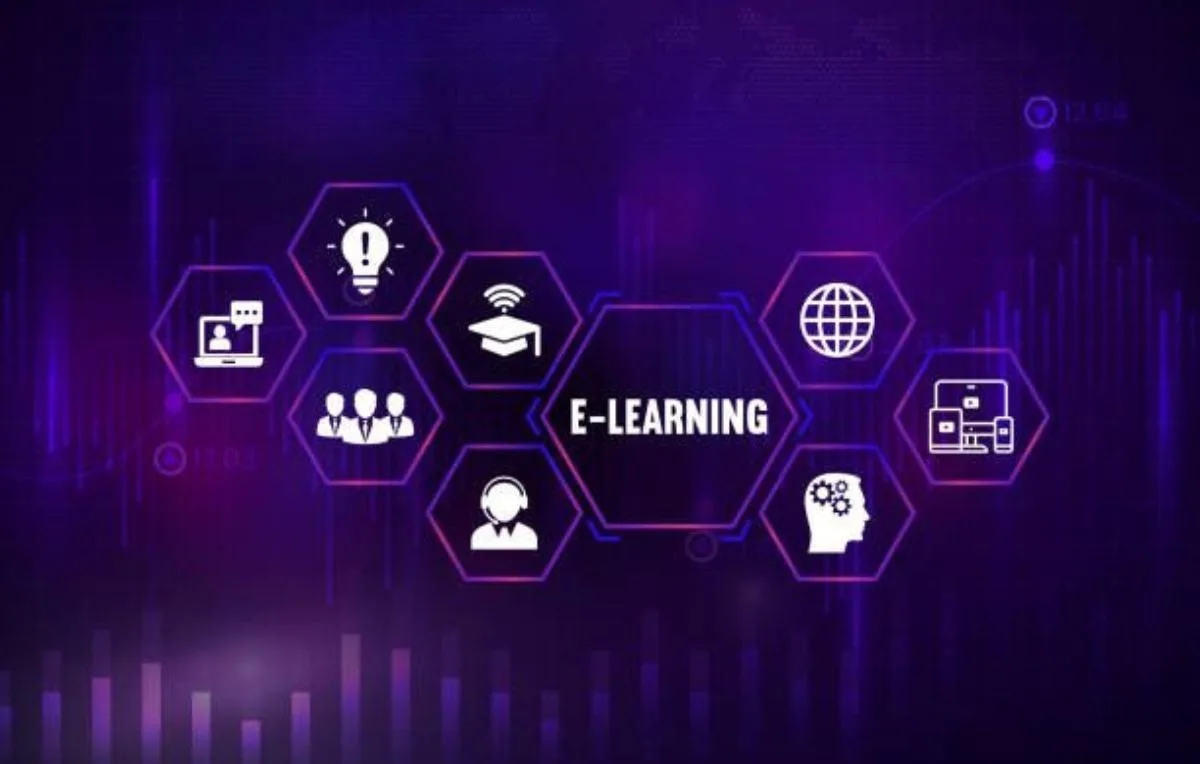Introduction: The Evolution of Learning Plans
In the past, corporate training often meant checklists of mandatory courses-a “one-size-fits-all” approach. But today’s dynamic workforce demands more than just compliance. It’s about personalized learning plans-a shift toward flexible, adaptive, and skills-driven development strategies.
Modern Learning Management Systems (LMS) are embracing this change, offering tools that empower L&D teams to design learning journeys tailored to individual goals.
What Is a Personalized Learning Plan?
A personalized learning plan is a curated set of learning experiences-courses, assessments, resources, and milestones-mapped to an individual’s role, performance needs, and career aspirations.
Benefits of Personalized Learning Plans:
- Improved engagement and retention
- Faster upskilling and reskilling
- Reduced training fatigue
- Clearer alignment with business goals
From Mandated Training to Flexible Learning Paths
1. Mandated Training: The Traditional Model
Legacy systems prioritized:
- Compliance-driven content
- Uniform progress tracking
- Completion-based success metrics
While important for safety, ethics, or legal requirements, this approach often neglected learner motivation and role-specific relevance.
2. Personalized Learning Paths: The Modern Approach
Today’s best-in-class LMS platforms (like SimpliTrain) enable:
- Modular course plans with required and optional tracks
- AI-powered recommendations based on user activity and performance
- Self-assessment tools to define skill gaps
- Manager moderation and approvals to customize journeys
Key LMS Features Powering Personalized Learning
- Learning Path Customization
Set core modules (must-do) and elective tracks (nice-to-have), letting learners take ownership of their development. - Skills Mapping & Assessment
Identify skill gaps with pre-assessments, then recommend content mapped to the learner’s level. - Learning Plan Templates
Create reusable templates for different roles (e.g., Sales Rep, Onboarding, Tech Support), then personalize for individuals. - Progress Insights and Analytics
Use real-time dashboards to monitor progress, completion, and skill development.
Use Case: Role-Based Personalized Plans in Action
Imagine onboarding a new Customer Support Specialist. Rather than assigning all 20 courses at once, the LMS creates a role-based plan that includes:
- Week 1: Core compliance and product training (Mandatory)
- Week 2–3: Optional soft skill courses based on self-assessment
- Ongoing: Quarterly refreshers auto-assigned via skill gap analytics
This leads to faster ramp-up time, higher course completion, and more confident employees.
Tips to Implement Personalized Learning Plans
- Start with skill analysis: Know what roles require and map backward.
- Use blended learning: Combine instructor-led and self-paced content.
- Involve managers: Enable them to curate and adjust plans per team member.
- Leverage LMS automation: Schedule reminders, certifications, and refreshers based on usage patterns.
Make Learning Work for People, Not the Other Way Around
The shift from mandated learning to personalized learning paths is more than a tech upgrade, it’s a mindset shift. By giving learners control and context, organizations can build a culture of continuous growth.
Invest in an LMS that prioritizes flexibility, automation, and insight-and watch your training ROI grow.







